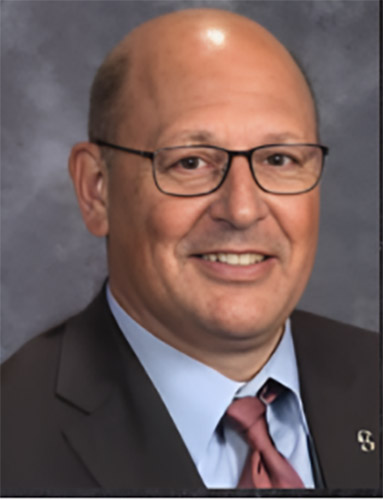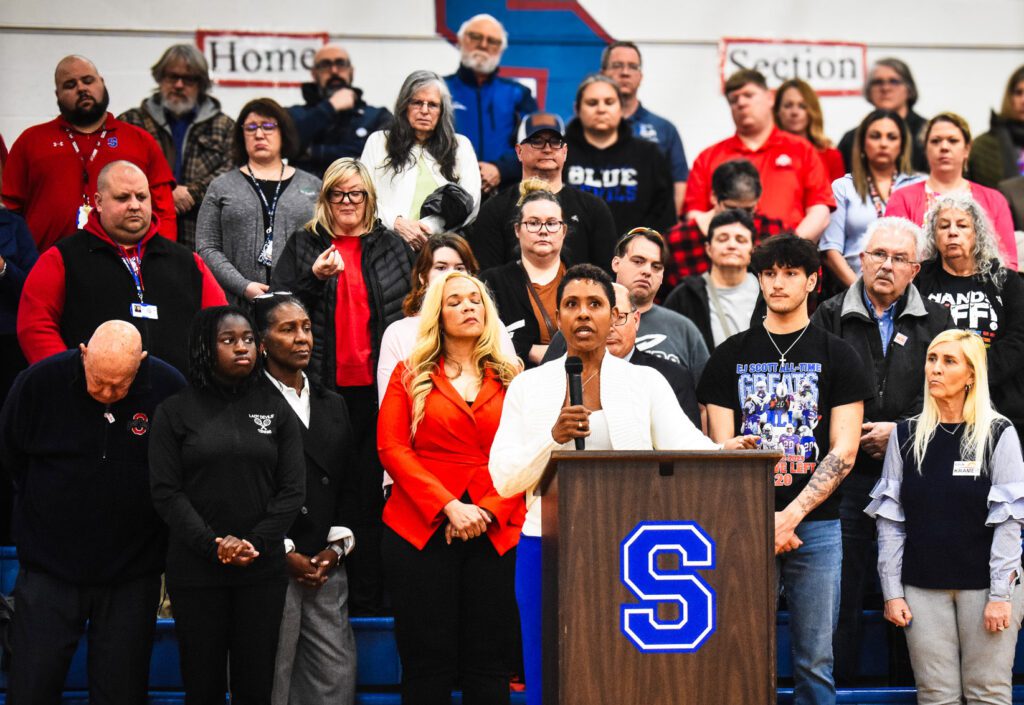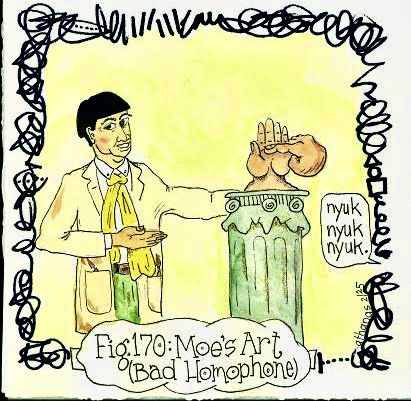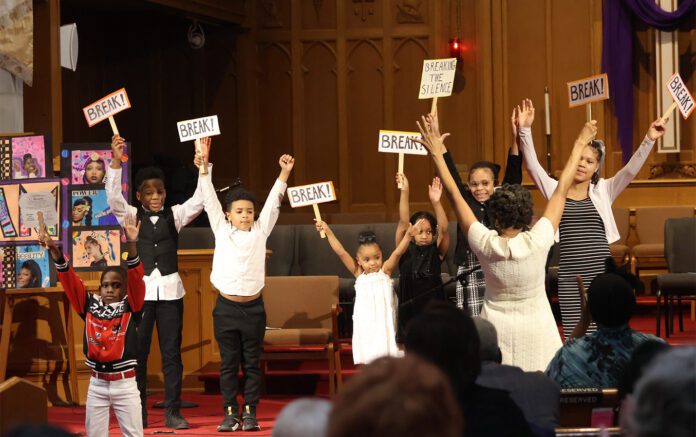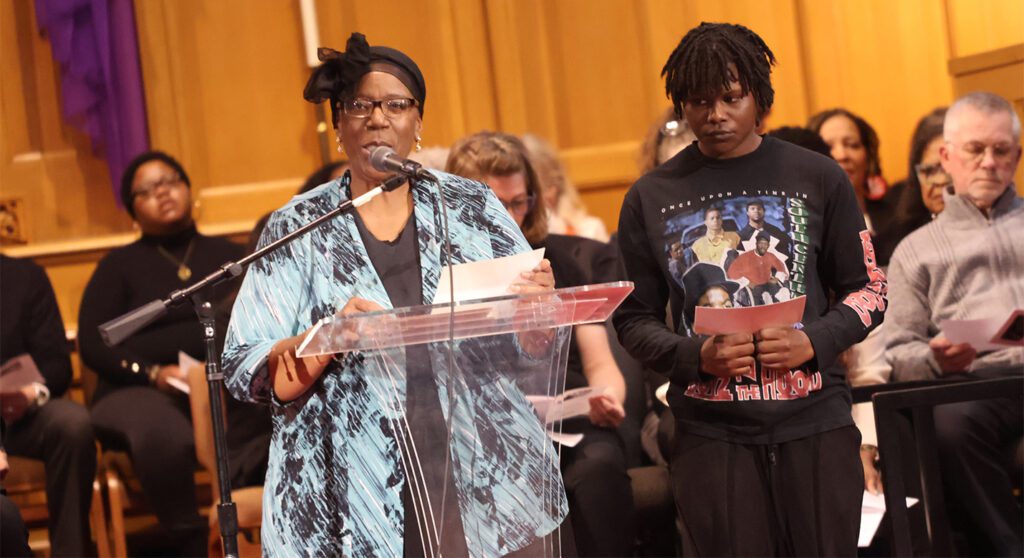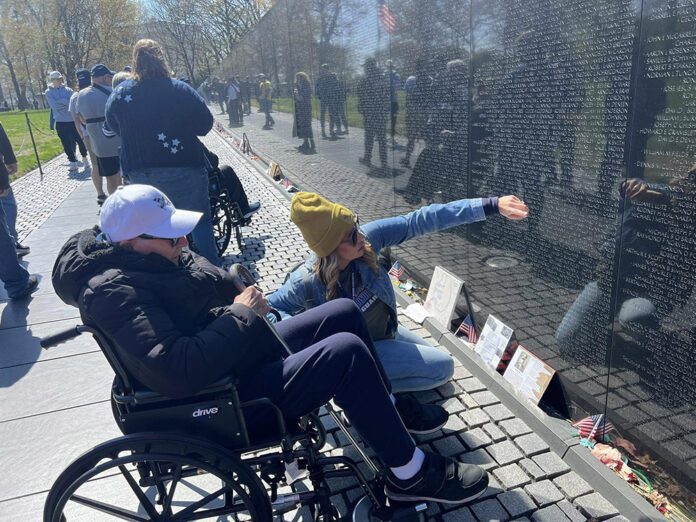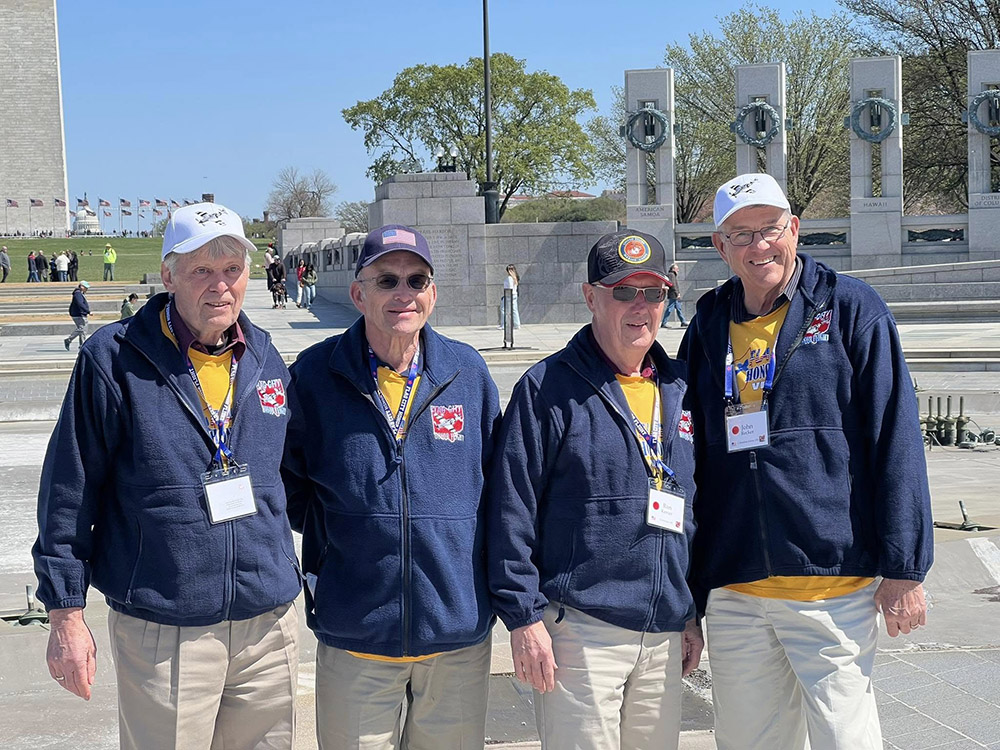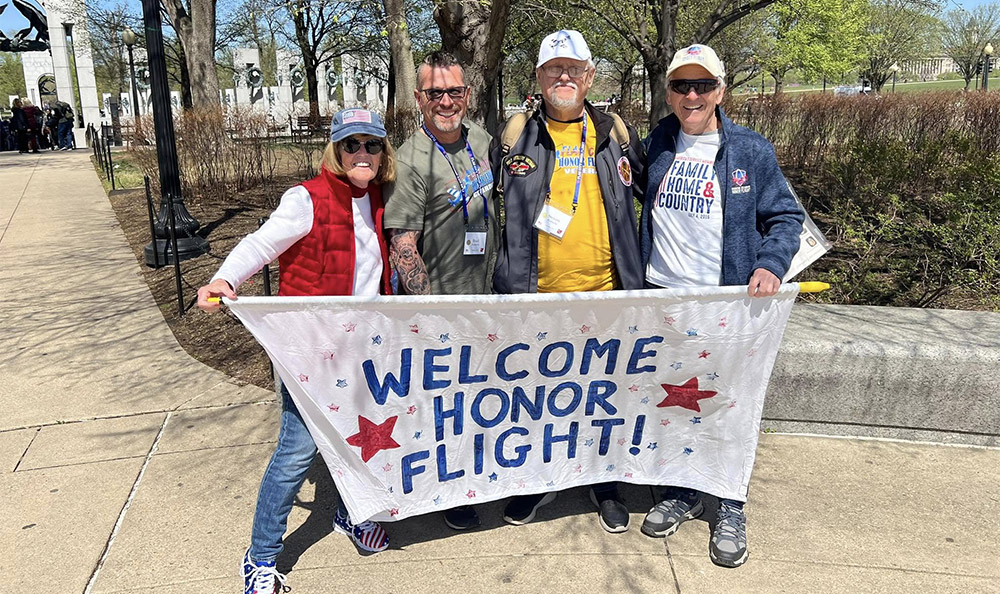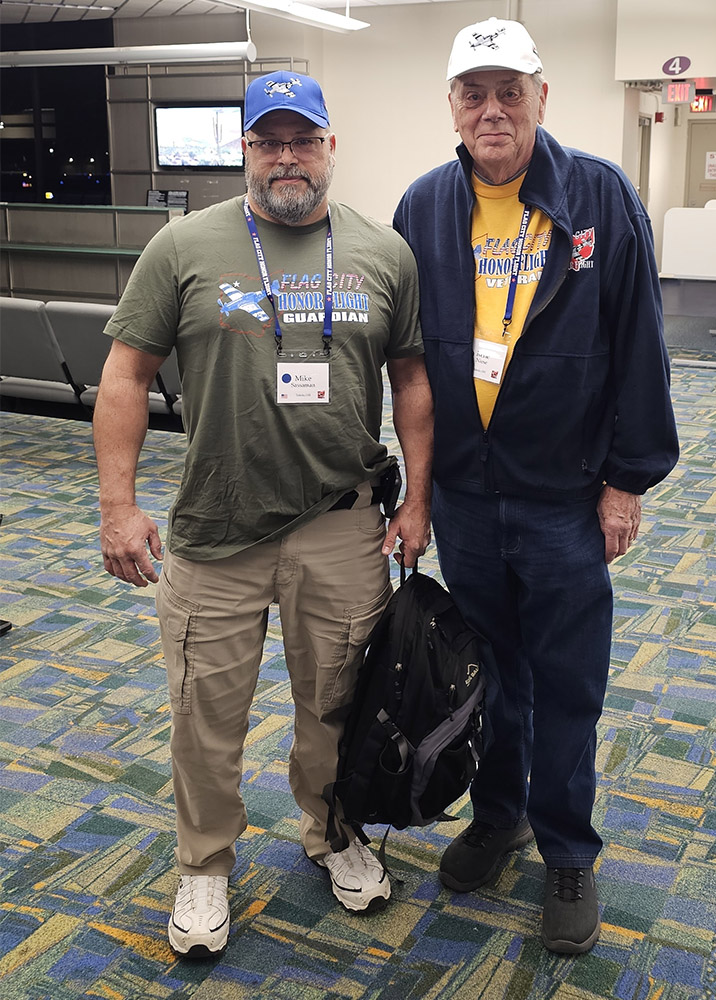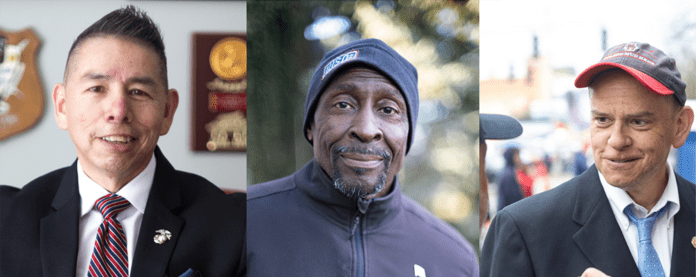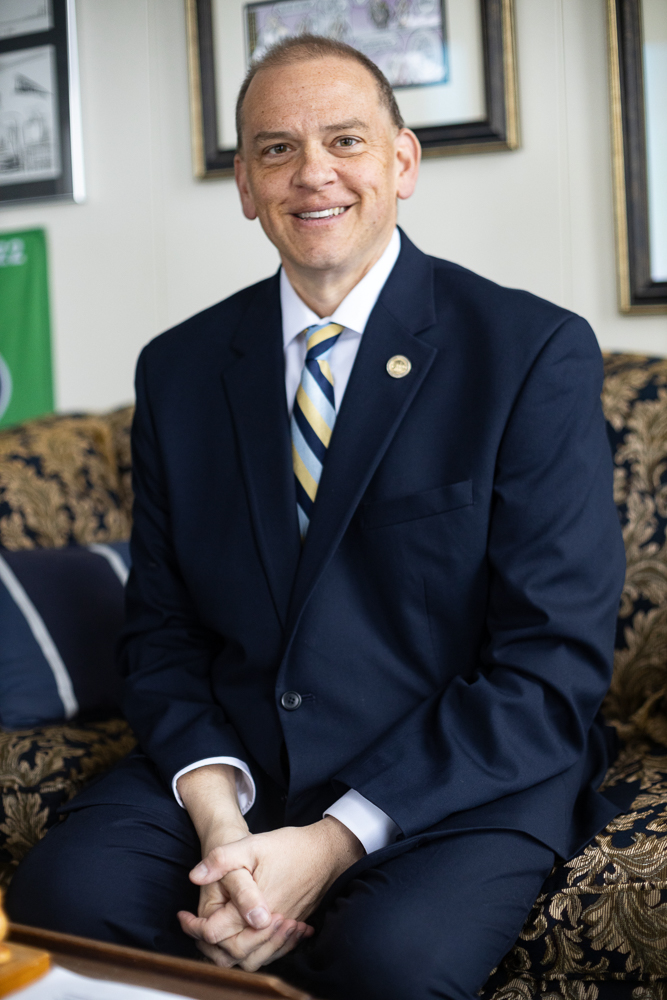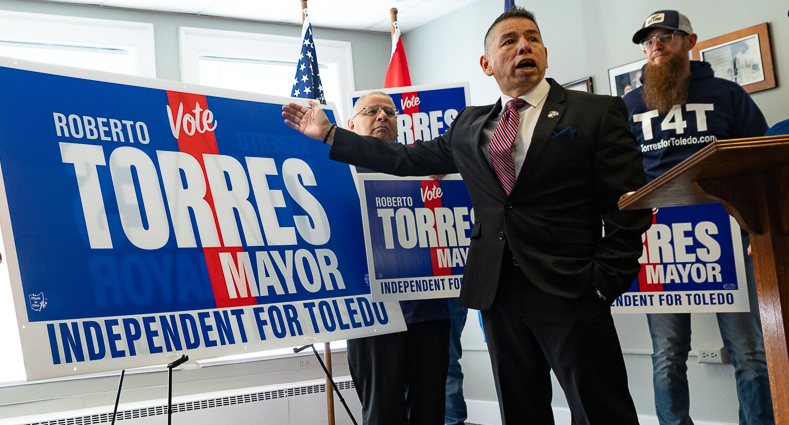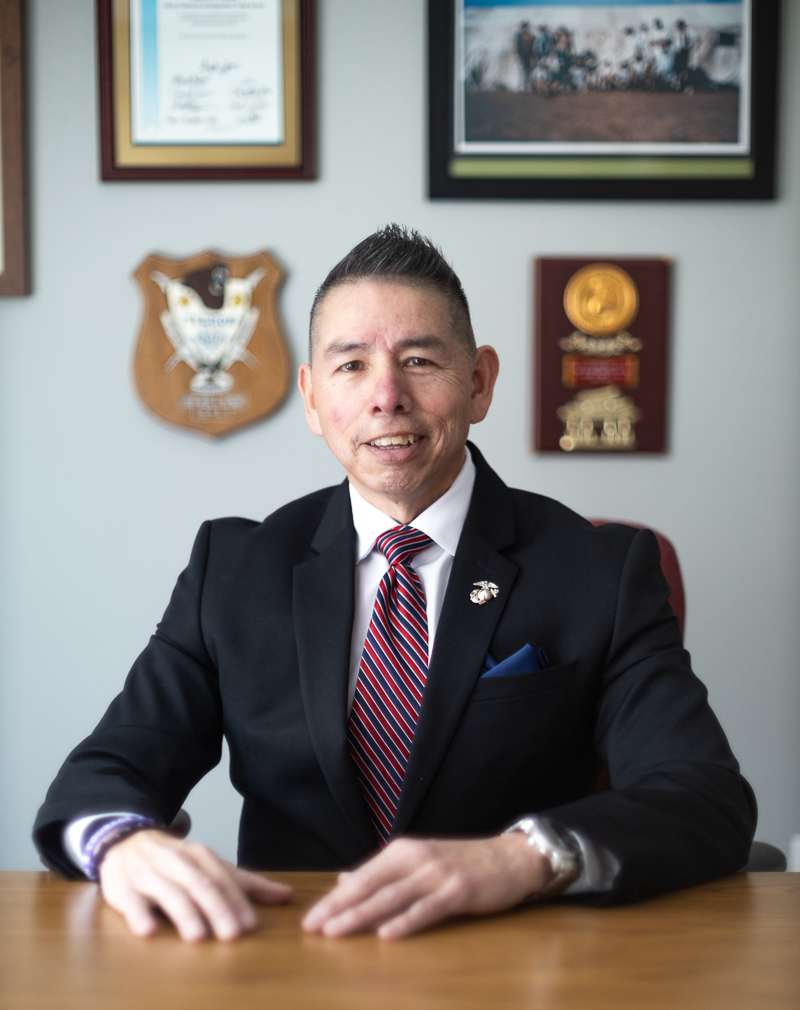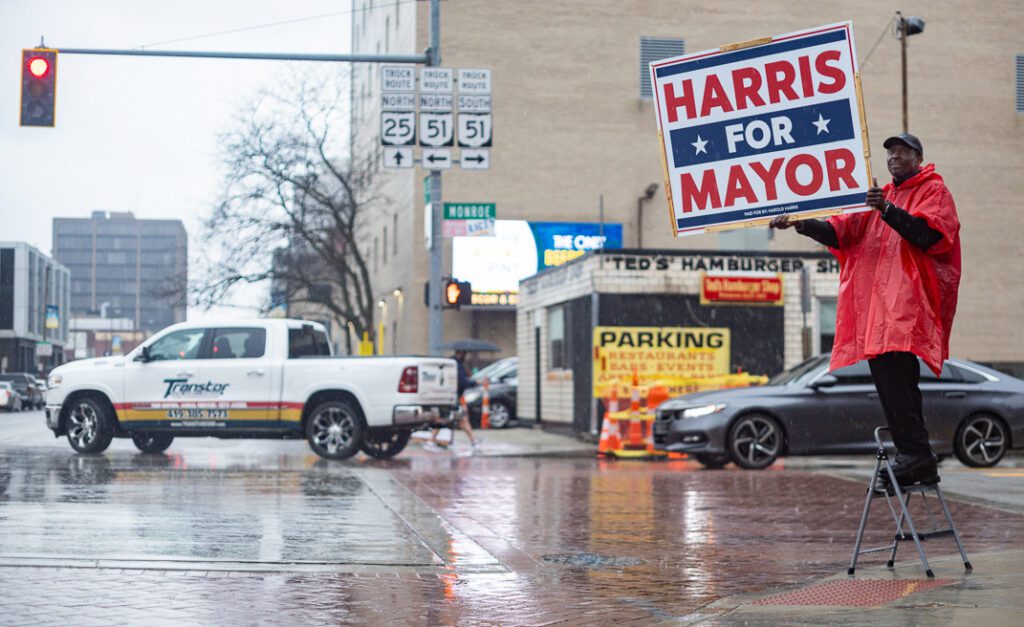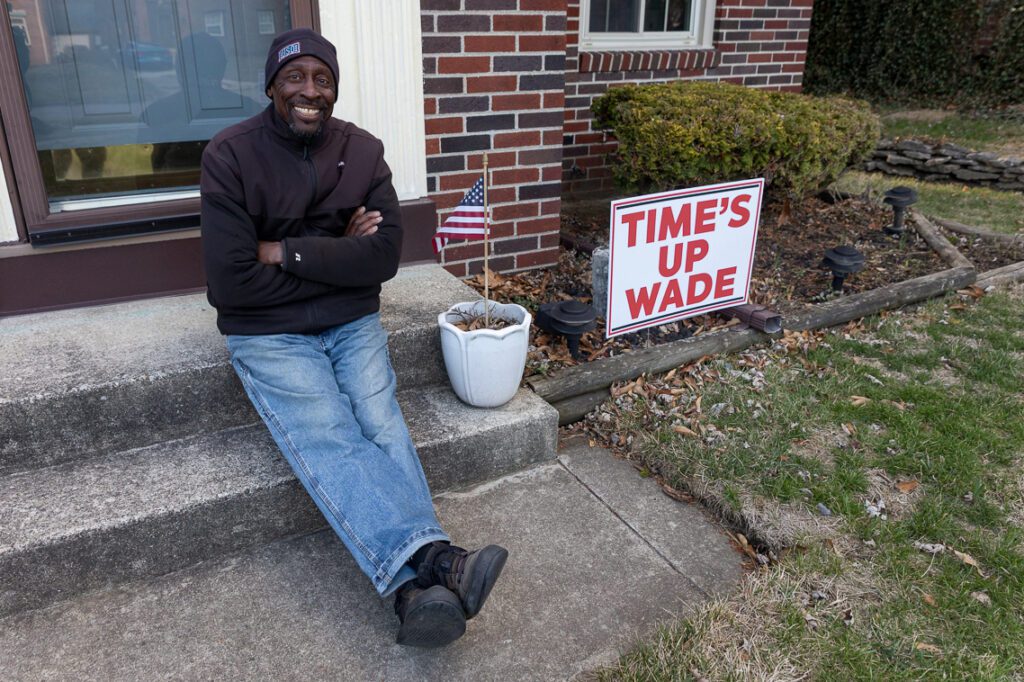BOWLING GREEN – Meta is building an $800 million data center that will be optimized for AI to connect Facebook and Instagram users around the world, officials announced Wednesday at a news conference held in Bowling Green State University’s Bowen-Thompson Student Union.
Construction has already begun on the 280-acre site in Middleton Township on State Route 582, between U.S. 20 and I-75. The data center is expected to be fully operational sometime in 2027.
“We selected Middleton Township for a number of reasons, including great access to infrastructure and renewable energy, a strong pool of talent, and a wonderful set of community partners that have helped us move this project forward,” said Brad Davis, Meta’s director of data center community and economic development.
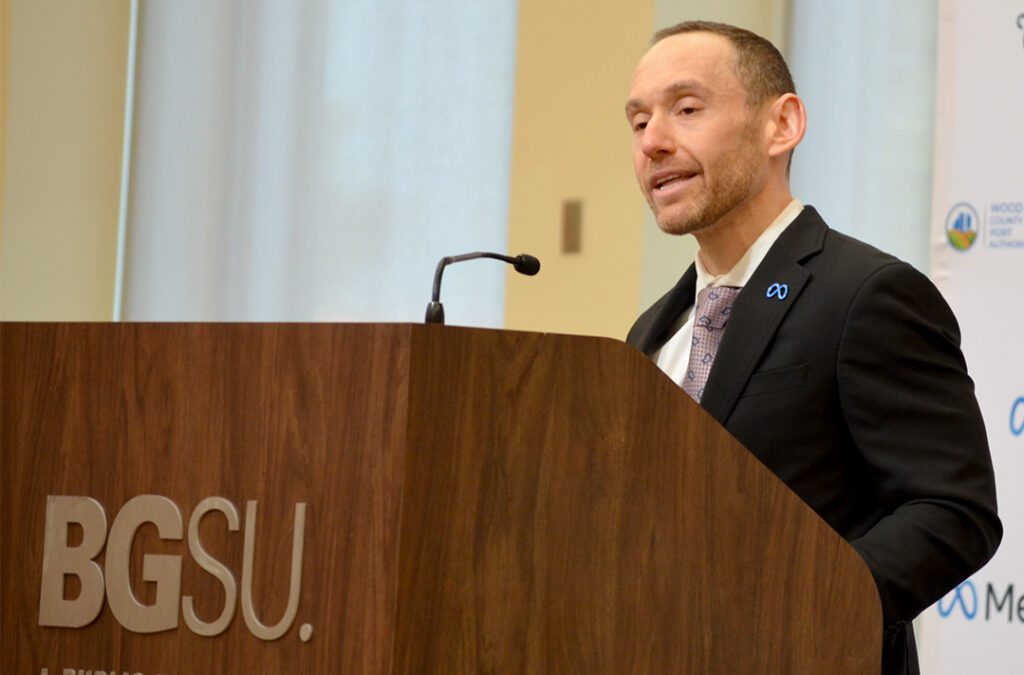
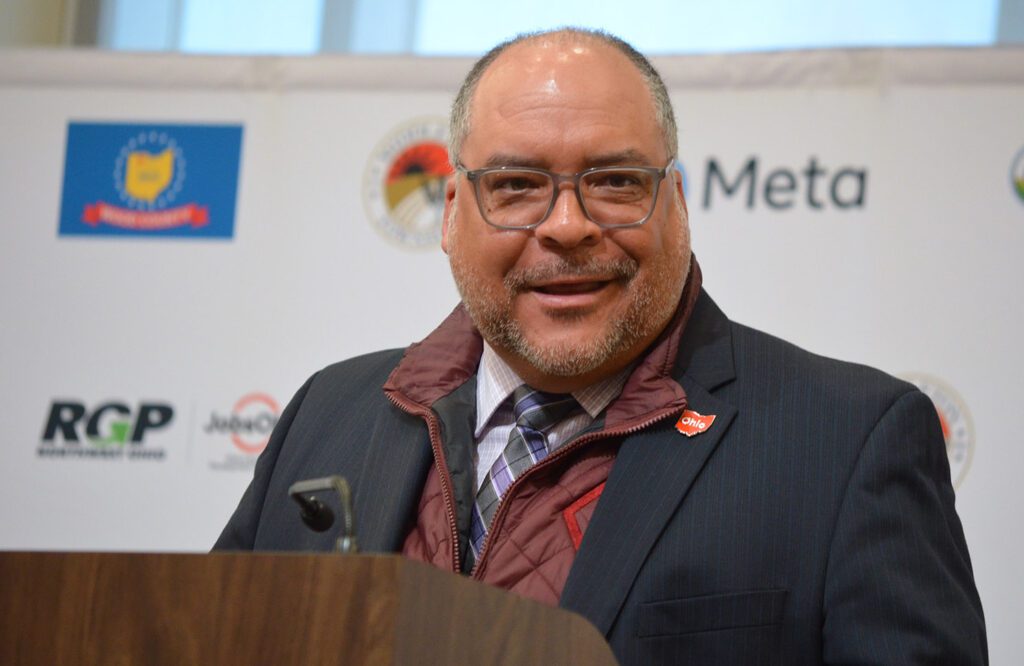
The 715,000-square-foot data center will be Meta’s 24th in the United States and 28th worldwide. It is expected to employ 100 workers with an average salary of slightly more than $83,000, according to Jonathan Bridges, managing director of JobsOhio.
The construction is expected to employ about 1,000 workers, officials said, and work will continue even after the facility opens.
“Unlike traditional manufacturing facilities, which complete construction in one or two years, data centers require continuous updates and equipment refreshing every two to three years,” Bridges noted. “This ongoing modernization means a sustained cycle of construction, technical support and jobs.”

Davis said the data center will be “optimized for our AI workloads as part of a highly advanced infrastructure that helps connect millions of people” through Meta’s platforms, which include Facebook, Instagram, WhatsApp, and Threads.
“Our mission is to build the future of human connections,” Davis said.
This project will be Meta’s second data center in Ohio, following its investment in a New Albany facility that began in 2017.
Governor Mike DeWine, in a statement issued after the press conference, said that “Ohio is shaping the future of the data-driven digital economy, and we are pleased that Meta chose Wood County for this new investment. Northwest Ohio’s talent pipeline and strategic location will create an environment where Meta, and the other technology companies they attract, can thrive while bringing new opportunities for our regional workforce and their families.”
Bridges called Meta’s investment “transformational” for Northwest Ohio, and that “today’s announcement marks another milestone as Ohio embraces an emerging role as the Silicon Heartland.”
Bridges added that Ohio’s central location gives it a geographical advantage, with quick and easy access to interstate highways, rail networks and port facilities.
Combined with a “robust” electric grid and natural gas system, abundant water resources, and fiber-optic connectivity, “you have an ideal location for an environment for digital innovation,” Bridges said.

Dean Monske, president of the Regional Growth Partnership, which played a key role in bringing Meta to the area, said it was the local assets, not tax incentives, that drew the tech giant to Wood County, citing the availability of land, water and sewer, and electricity.
Wood County commissioners have granted Meta a 75 percent tax abatement for 15 years for the project.
Monske credited the success of landing the AI-optimized data facility to collaboration among elected officials, academia, the private sector, and state and regional economic development partners.
The project was kept under wraps, as much as possible, until Wednesday’s press conference. It was previously was referred to by the code name “Project Accordion” to conceal Meta’s involvement.
Ground was broken in October
Don Cromley and Mike Moulton, Middleton Township trustees, said the project has been under discussion for at least three years, and that ground was broken last October on Meta’s sprawling site, directly west of the Northwestern Water and Sewer District headquarters on SR 582, also known as Middleton Pike.
“There are 35 earth movers there now, and I don’t know how many excavators,” Moulton said.
“A big bonus is that the little town of Dunbridge is going to get sewer and water,” added Cromley.
The trustees said a water tower, paid for by Meta, is already being erected on the site. The data center will have access to up to 600,000 gallons of water a day.
“We are focused on sustainability,” Davis said. “The center will actually use a minimal amount of water, but obviously it’s a very important aspect of the project.”
Davis said Meta is proud that, like all of the company’s data centers, the Bowling Green facility’s use of electricity “will be matched with 100 percent clean and renewable energy.”
Bridges and Davis both pointed out that Meta plans to make millions of dollars in grants available to the local public school systems.
“Once this data center is open, we will launch our community action grants program, where we partner with schools and local organizations to put the power of technology to use for community benefits,” Davis said. “Once we’re online, we’re going to partner very closely with them and make sure they understand the grant process.”
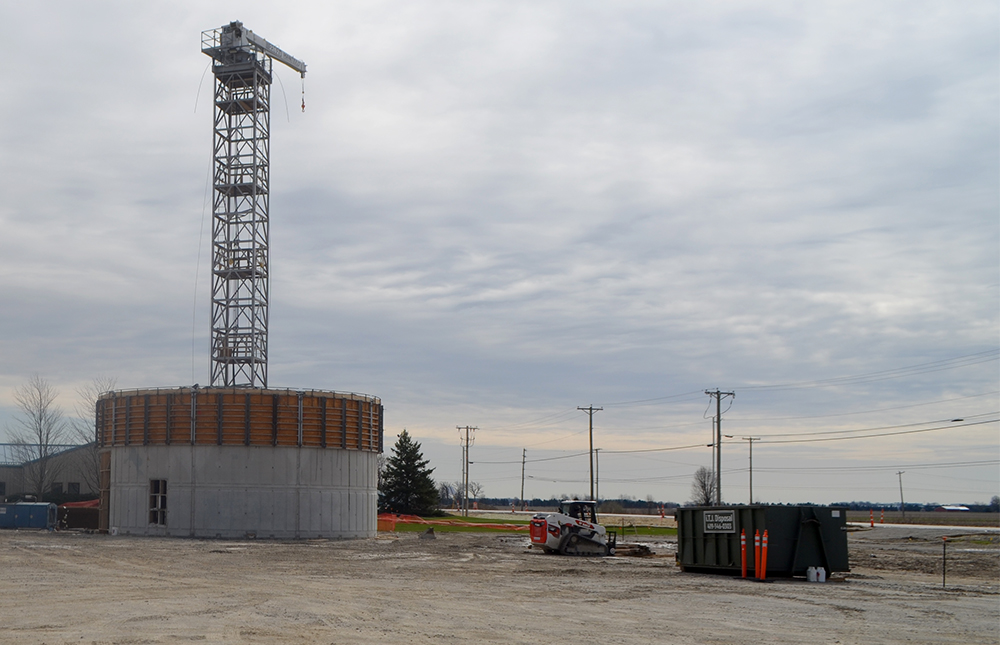
Asked if there were any concerns that the data center might generate a lot of noise, Davis said no. “We feel good about how we operate. We want to show up in the right way, be good neighbors. We’re very cognizant of our neighbors and want to operate in their best interest. It’s important to us to be strong members of the community.
“Overall, this community has been tremendous. This $800 million investment will bring many more millions of dollars of economic activity to the area … all the things that the community has done to attract this project is really paying off now,” Davis said.
He said Meta is committed to the Wood County project no matter what happens with the tariffs recently imposed by Trump on imported products and the tariffs levied by foreign nations on U.S. goods.
Davis said Meta will be hiring people for a wide variety of jobs, including technicians, logistical workers, culinary and janitorial staff. He said jobs at the data center will be posted online at metacareers.com.




